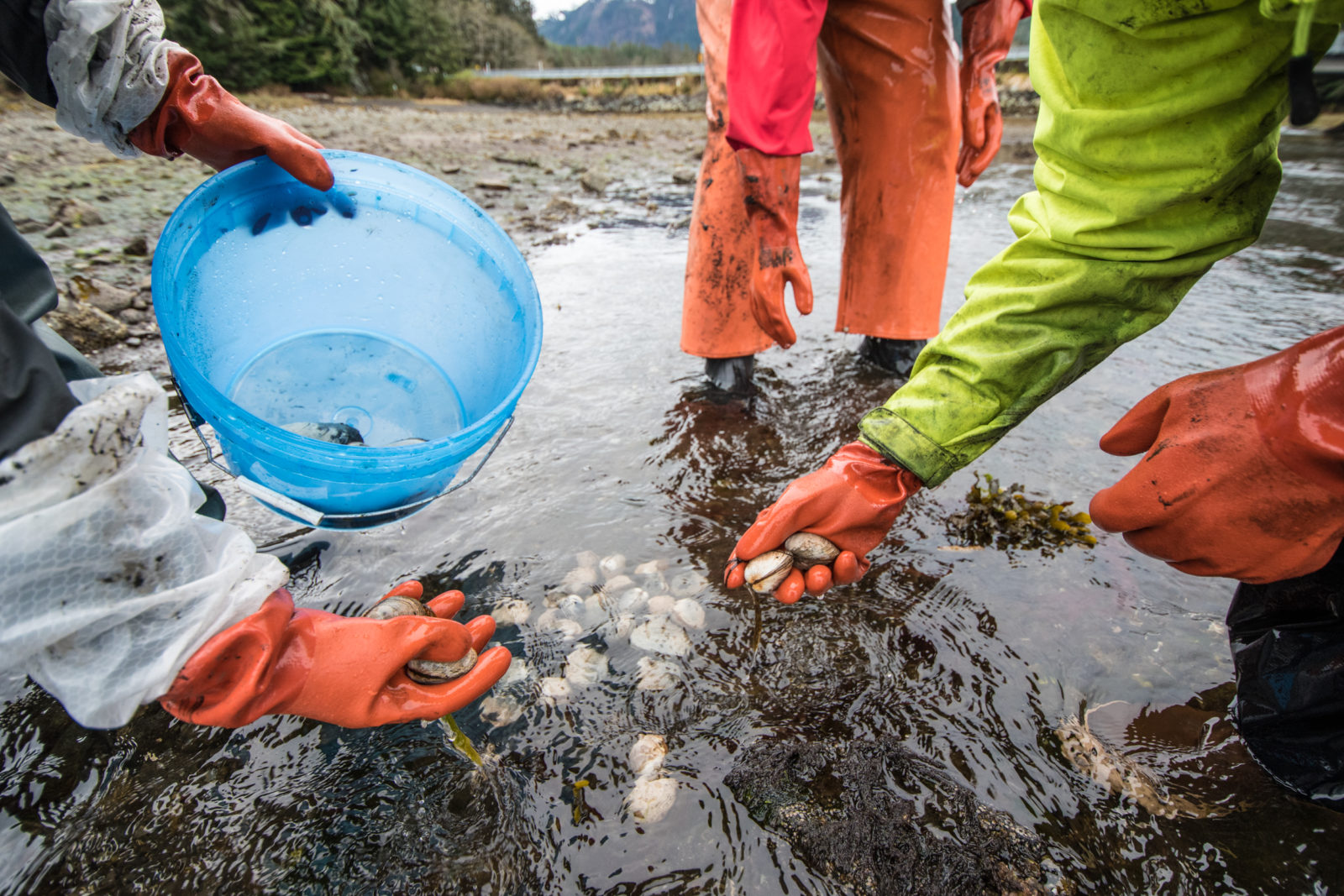
As the days get longer, and the waters warm up, spring algal (phytoplankton) blooms, both harmful and not harmful, are starting to make their annual appearance around Alaska.
This is a welcome event for everybody from the fish and birds who rely on these microscopic algae that make up the base of the food web, to the fishing community catching those fish, to the tourist industry happy to see the return of the large marine animals drawn to the productive coastal waters. But certain algal blooms can bring more than ocean bounty.
Called “Harmful Algal Blooms” – or HABs for short – these blooms are made up of one of a handful of species that have a defense mechanism against being eaten by zooplankton (small marine creatures that are food for fish and other marine animals): they produce a biotoxin to protect them from predators. At low concentrations, these biotoxins are harmless to most other organisms; however, in the event of a single harmful algal species blooming, the toxins in the water can accumulate and make their way up the food chain – all the way up to humans. In Alaska, the highest risk HAB is by an algae called Alexandrium catenella, which produces saxitoxins, that if eaten can lead to paralytic shellfish poisoning (PSP).
The dynamics of when and where these HABs occur are still unclear, although we know that temperature plays an important role. The Alaska Harmful Algal Bloom Network (AHAB), hosted by the Alaska Ocean Observing System, brings together organizations and experts that have been working on HABs in Alaska for years. Through communication and collaboration, the AHAB network provides a statewide framework to promote the awareness, research, monitoring and response to HABs. The goals of the network include: establishing statewide programs and protocols for sampling and testing, developing and hosting a central repository for HAB and biotoxin data, securing long-term funding for baseline sampling and other HAB-related projects in Alaska, and providing a venue for sharing and disseminating outreach and training materials.
Harvesting food from the ocean is part of the Alaskan way of life. And while the Alaska Department of Environmental Conservation has a comprehensive monitoring and regulation program for commercial shellfish grown and sold in Alaska, there is no equivalent state-wide support for shellfish harvested by recreational or subsistence users. Regional organizations such as the Southeast Alaska Tribal Ocean Research network (SEATOR) have established monitoring programs, but it is still important for anybody consuming wild shellfish to take the following precautions:
- Do not harvest or consume shellfish when by yourself
- If your community offers a testing program for recreational or subsistence harvests, have your shellfish tested before consuming them
- Call 911 or your local health care provider immediately if you experience any of the following symptoms after consuming shellfish:
- Tingling around your mouth or in your fingers/toes
- Dizziness, nausea or vomiting
- Difficulty breathing or lot of muscle control
- Paralysis in the chest or abdomen

